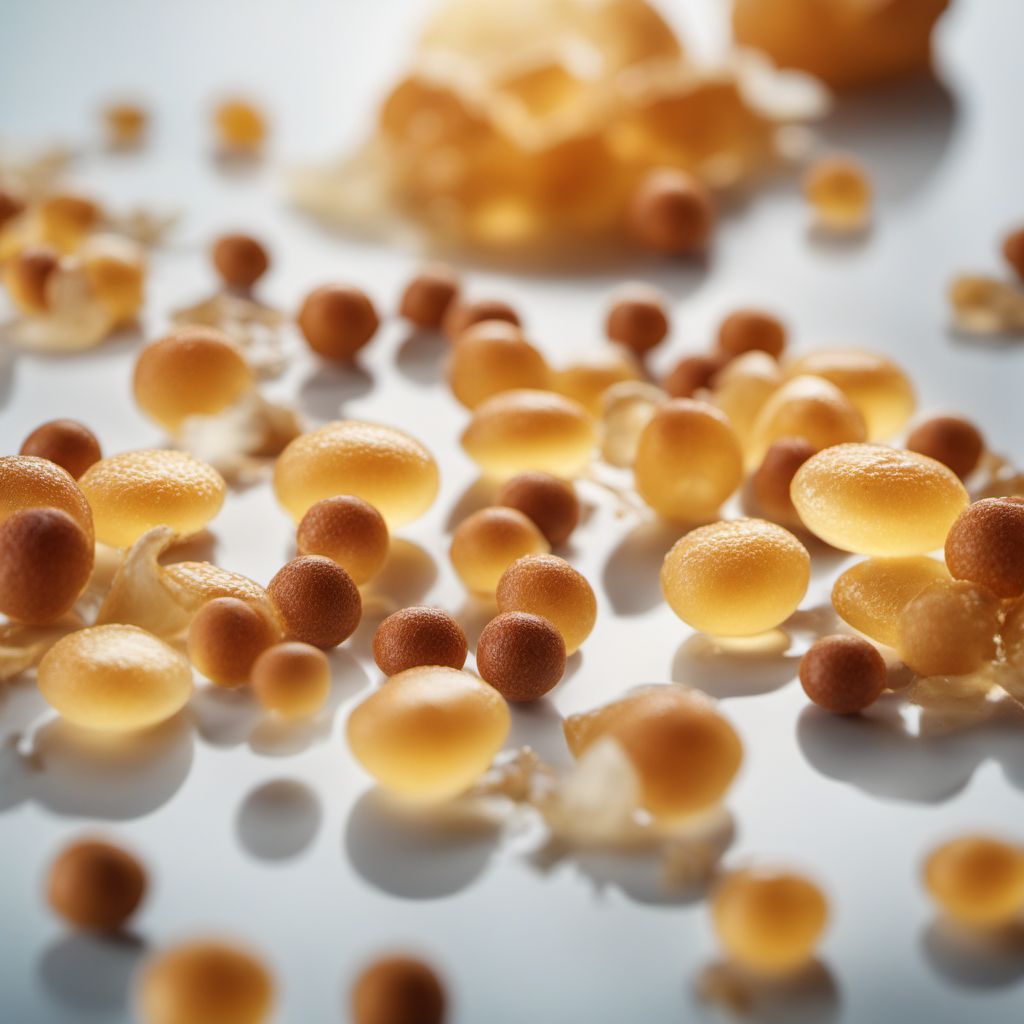
Ingredient
Fluorine
"The Mighty Element: Unleashing the Power of Fluorine"
Fluorine, a pale yellow gas, is the most electronegative and reactive element in the periodic table. It is highly corrosive and toxic in its pure form, but its compounds, such as fluoride, are widely used in various applications. In terms of taste, fluorine itself is odorless and tasteless, but its compounds can have a slightly bitter or astringent taste. Its texture is irrelevant in culinary applications as it is not consumed in its pure form.
Origins and history
Fluorine was first discovered in 1886 by Henri Moissan, a French chemist. It is derived from the Latin word "fluere," meaning "to flow," due to its ability to react with almost all elements. Fluorine has a rich history in the production of aluminum, uranium, and other metals. In the culinary world, fluorine compounds, such as sodium fluoride, have been used in water fluoridation programs to prevent tooth decay since the mid-20th century.
Nutritional information
Fluorine is not considered an essential nutrient for humans, but it plays a crucial role in dental health. Consuming fluoride in appropriate amounts can help prevent tooth decay and strengthen tooth enamel.
Allergens
There are no known allergens associated with fluorine.
How to select
When purchasing products that contain fluorine compounds, such as fluoridated water or toothpaste, look for reputable brands that adhere to safety standards and regulations. For naturally occurring fluorine in food, there is no specific selection process as it is present in trace amounts.
Storage recommendations
Fluorine gas is not stored or used in culinary applications. However, products containing fluorine compounds, such as toothpaste or mouthwash, should be stored in a cool, dry place away from direct sunlight to maintain their effectiveness.
How to produce
Fluorine is not produced or grown by amateurs as it is a highly reactive and dangerous element. It is primarily produced through industrial processes.
Preparation tips
In culinary applications, fluorine is not used directly. However, it is important to note that excessive consumption of fluorine compounds, such as through fluoridated water or toothpaste, can lead to dental fluorosis, a condition that causes discoloration and pitting of tooth enamel. It is recommended to follow dental hygiene guidelines and consult with a dentist for appropriate fluoride intake.
Culinary uses
Fluorine itself is not used in culinary applications. However, fluorine compounds, such as sodium fluoride, are used in water fluoridation programs to promote dental health.
Availability
Fluorine is a naturally occurring element and can be found in trace amounts in various foods and beverages. It is also widely available in the form of fluoridated water, toothpaste, and mouthwash.
More ingredients from this category » Browse all

Iodine
"The Essential Element: Unveiling the Power of Iodine"
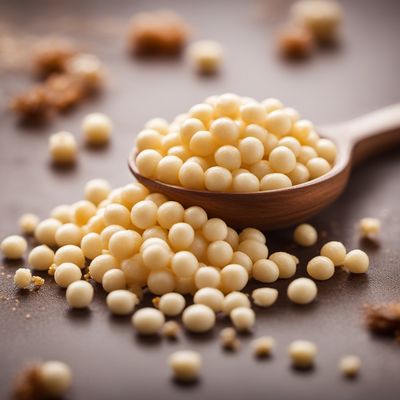
Molybdenum
The Essential Trace Mineral
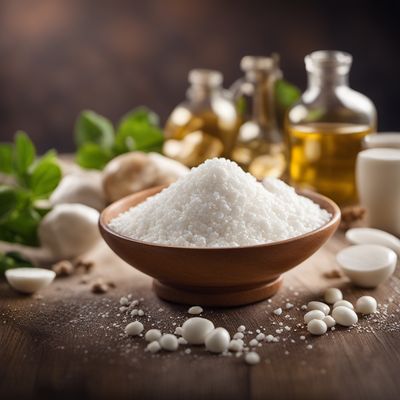
Selenium
"The Mighty Mineral: Unleashing the Power of Selenium"
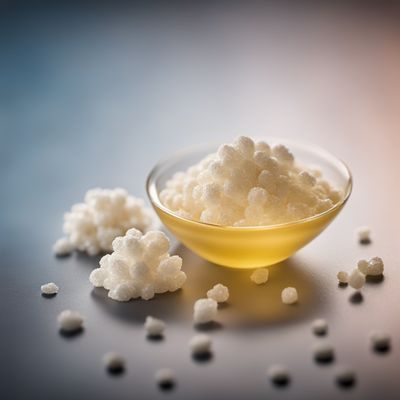
Calcium
The Mighty Mineral: Unleashing the Power of Calcium
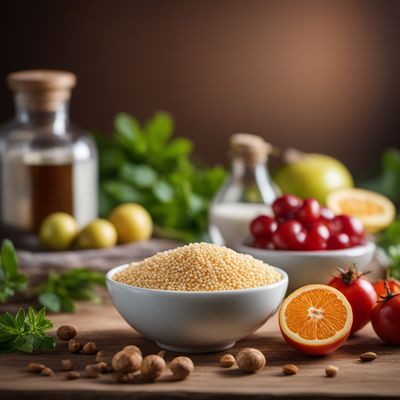
Phosphorus
The Essential Mineral

Zinc
The Mighty Mineral: Unleashing the Power of Zinc

Chromium
The Mighty Mineral: Unveiling the Power of Chromium
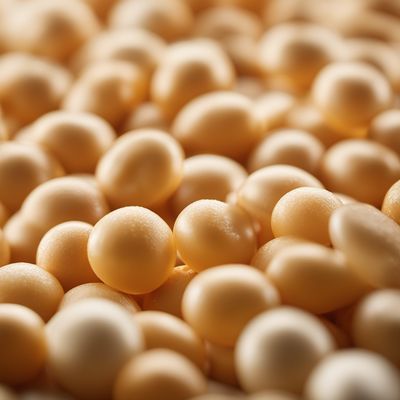
Manganese
The Mighty Mineral: Unveiling the Power of Manganese
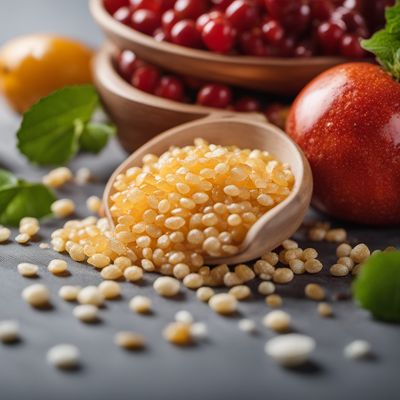
Iron
The Mighty Mineral: Iron

Potassium
The Essential Electrolyte: Unleashing the Power of Potassium
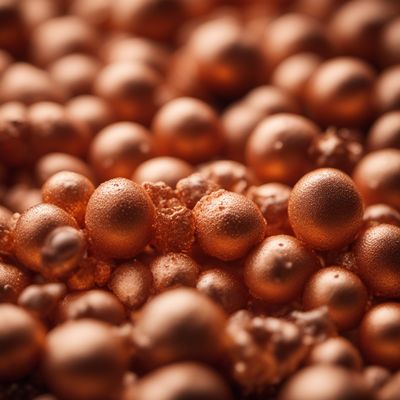
Copper
The Versatile Element: Unleashing the Power of Copper

Bromine
The Versatile Element of Bromine